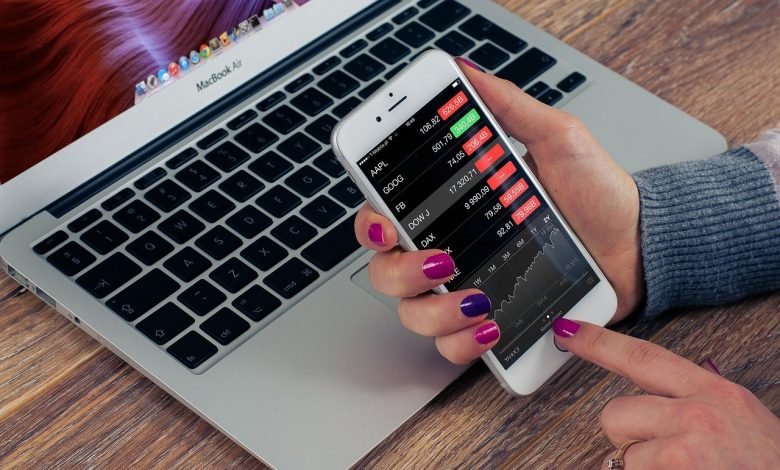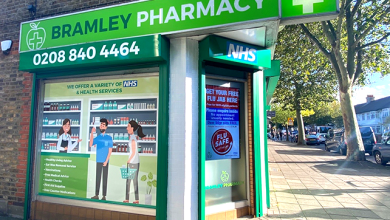
Mobile shopping is thriving internationally and shows many signs of growth potential. In the US, 40% of all customers regularly use their smartphones to make payments. In Germany, the market is also gradually moving. A convenient Payment System In Mobile App is a must-have feature of many online stores today. It`s much more convenient, safer, and faster.
What Is a Payment Gateway?
A payment gateway is a service that verifies the buyer’s card details, confirms the availability of funds, and ultimately allows the merchant to receive payment from the acquiring bank.
This type of payment system has many advantages and is an ideal option for larger companies.
Advantages: high level of security and protection of payments, data encryption, a large number of functions and customization, large number of supported payment methods and currencies, single interface for payments through several banks.
Disadvantages: long clearance process, because each payment method requires an agreement, most often integration is done via API and requires developers’ help.
How to Integrate a Payment Gateway?
The payment acceptance function can be built both at the mobile app development stage and in an already existing app. To do this, make terms of reference for developers, specifying the need to include the module in the app.
Each payment gateway has integration SDK guidelines for the developers. You can see some of them below:
Android:
IOS:
The module is not written from scratch but is provided by payment providers. Programmers embed the payment module in the mobile app using off-the-shelf developer tools (SDKs). With these, the mobile app transmits the purchase data to the acquiring bank and then to the payment system and the issuing bank that issued the buyer’s card.
The payment provider identifies the customer’s bank and sends an authorization request to the financial institution where the merchant is serviced – the acquiring bank.
This financial institution transmits the request to the cardholder’s issuing bank through the payment system. If the cardholder has sufficient funds in his account, the issuing bank transfers the funds to the company’s current account through the payment provider. The SDK also allows multiple customer bank cards to be linked to the mobile app:
- the card data itself is stored encrypted on the payment provider’s server or in the cloud storage of Visa or MasterCard;
- the customer does not need to re-enter the payment data each time, but simply select the card they want to use;
- the payment providers are banks, and the service itself is called Internet acquiring.
Integrating Payment Gateway: What You Should Know?
As mentioned above, integrating a payment gateway into an app should be done mainly by developers.
However, you will first have to do some research to find the ideal provider. This way, the fees of the payment gateway can be kept to a minimum. Here are some steps to consider before integrating a payment gateway:
- Do some research about payment gateway providers. Some of them are well-known brands like PayPal, Secure Pay, and Payza. To find the best provider, you need to compare both the monthly costs and the transaction fees.
- There are also often two types of gateways to choose from. The first type of gateway conducts the payment on their page, the second one redirects the user to another page. This option often leaves a more professional impression.
- Once you have connected the payment portal to your app, you can choose your payment methods. Different payment methods often involve different fees. Therefore, you should think carefully about which options to stick with.
- Check what kind of services or goods you are going to sell. Businesses with a Google Play app that offers additional content, services, or functionality must use the Google Play payment system as a payment method.
If you have an app, there`s an avalanche of options you can choose from. Probably the best-known provider is PayPal. PayPal is first and foremost impressive due to its high level of security and good reliability.
Choosing Merchants Accounts
Generally, there are two types of merchant accounts: Dedicated and aggregate accounts. A little bit about the differences.
Dedicated Account
The entire transaction cycle takes place on your side.
The payment gateway then processes the transaction information, encrypts it again, and sends it to the card issuer for authorization.
The pricing model for dedicated merchant accounts works in favor of larger sellers. Because the more you sell, the fewer fees you pay. Prices are usually flexible and fully negotiable depending on the seller’s business model and transaction volume.
After that, the payment gateway returns the authorization to the merchant and completes the transaction.
The time for funds transfer is usually lower than in aggregate accounts (around 3-5 days).
Aggregate Account
An aggregated merchant account means that all money from your users will be accumulated in the account of the payment service provider, and at the end of a certain period (which is specified in the acquiring service contract), the accumulated amount is transferred to your company’s account in any country in the world.
This is how it looks from the customers` side. They are taken to a checkout page, which is hosted by a third-party service provider. The merchant doesn’t have to worry about purchasing and installing SSL certificates and payment gateways, as all sensitive personal information is entered on the external provider’s server, which is responsible for its security management. PayPal, Braintree, and Stripe are some of the best-known third-party service providers.
4 Main Gateways Providers for Mobile Payment Apps
Google Wallet
Google Wallet is Google’s trademark for making payments made online on Android devices. It’s used to download a paid app and is very widespread among Android users. It supports coupons and any card (credit, debit, gift), and sometimes even a PayPal account can be linked. There’s a big drawback for the merchant though, and that’s that Google deducts a 30% commission on each purchase.
Apple Pay
This is a mobile payment service developed by Apple in 2014:
- it used from any wireless branded device and includes Face ID and Touch ID;
- Apple Pay shares a few features with Android, both use NFC technology to exchange information with devices closest to the mobile;
- It uses Passbook to store customer card details and does not transmit personal information.
But it does charge the consumer a 30% fee for credit card transactions.
PayPal
Compared to Google Wallet, PayPal’s commission, which ranges between 1.9% and 3.4% per transaction, is much lower:
- it implemented on both Android and iOS, making it compatible with hybrid app development;
- it has a global reach and over 137 million active accounts. Users do not need to leave the shopping site.
Stripe
- you can easily integrate the entire payment process into the app or into the website.
- it has a flat fee of 1.4% for European transactions and 2.9% for non-European cards, so its rates are much lower than those of PayPal.
Other well-known examples are Amazon Pay, Redsys, or Adyen. Secure and functional, they also allow you to monetize your business with payment gateways.
Wrapping Up
We have now all witnessed an upward trend in the number of payments through both web and mobile apps.
In any case, before hiring a payment method, it is important to know the fees of each platform, whether you need to pay for a recurring license, and to make sure the platform has an API or some form of integration to connect it to the mobile app.
All options have their pros and cons, and so to make the best decision, you need to determine your priorities for developing your app and assess which methodology and platform best suit them.
For example, if a company’s priority is to enhance its brand image, including payment gateways such as Google Pay (Google Wallet) or Apple Pay will simplify the process and facilitate economic transactions for customers.
If the main goal is sales, the ideal option is to include a payment gateway that does not incur such high fees. Stripe or PayPal, for example, would offer greater benefits.




